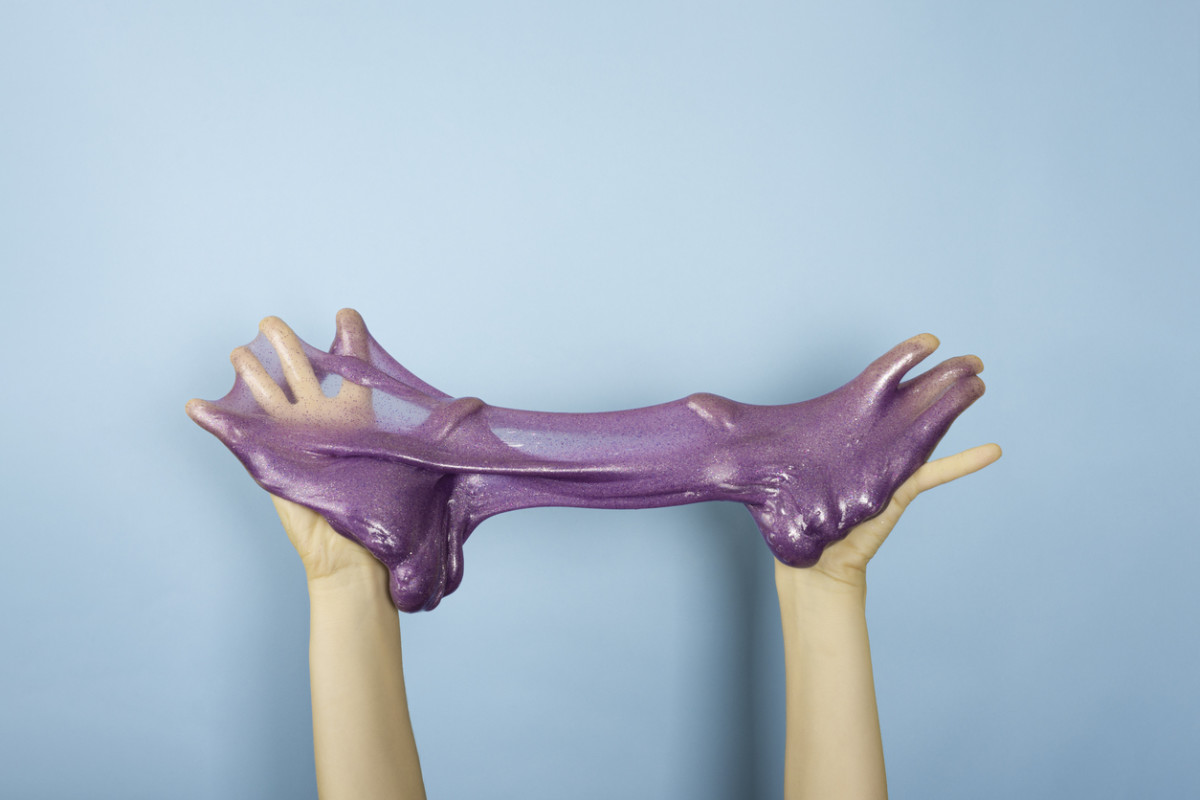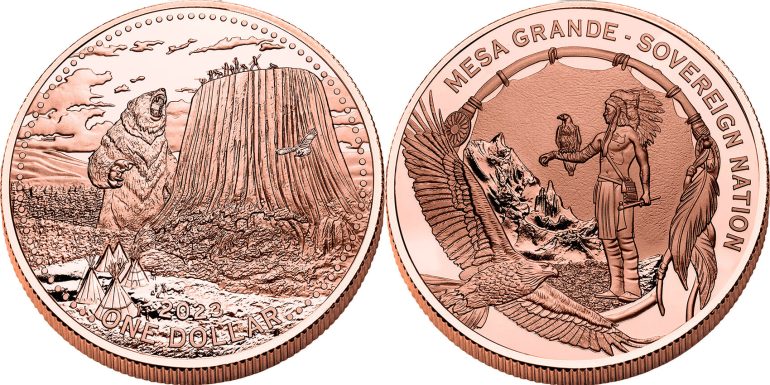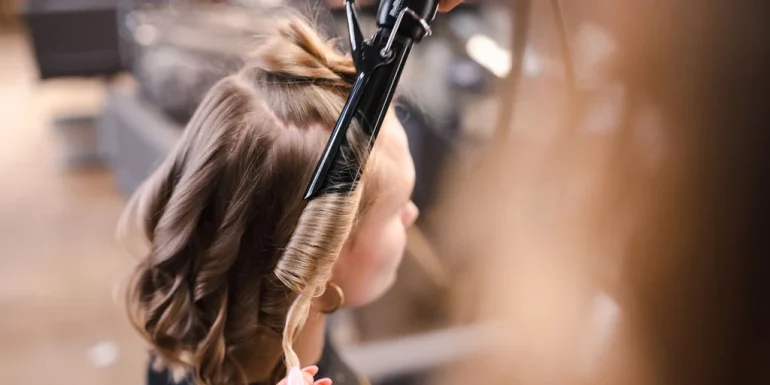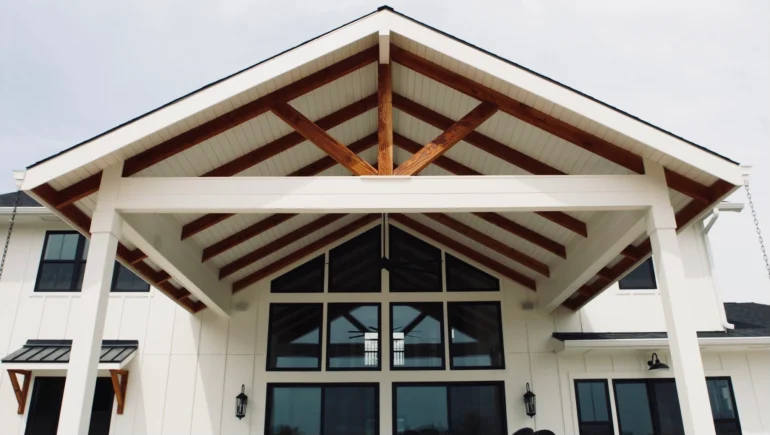Handmade slime is a fun learning activity that kids can do, but of course, the process must be carried out in a safe manner. For those who prefer not to make slime at home, visiting a slime shop can provide a safe and supervised environment to explore various types of slime and learn new techniques.
-
Choose Non-Toxic Ingredients
Use Non-Toxic Ingredients First and foremost, making slime safely is using non-toxic ingredients. Most store-bought slime kits, as well as individual components such glue, borax and food coloring typically carry a non-toxic label. These labels let you know that the tools have been safety tested and evaluated for children.
-
Always Watch Your Kids
Keep a watch on kids while they make slime And this makes sure that proper ingredients are used so they wont eat or handle any materials. Supervision also is key, especially with items like borax which need to be handled safely.
-
Wear Protective Gear
Remind children to use gloves and aprons as they make slime. At the same time, they wear gloves on their hands so that ingredients can not cause any irritation to skin and aprons are protecting clothes. For gloves, buy disposable latex or nitrile-type (cheap and safe).
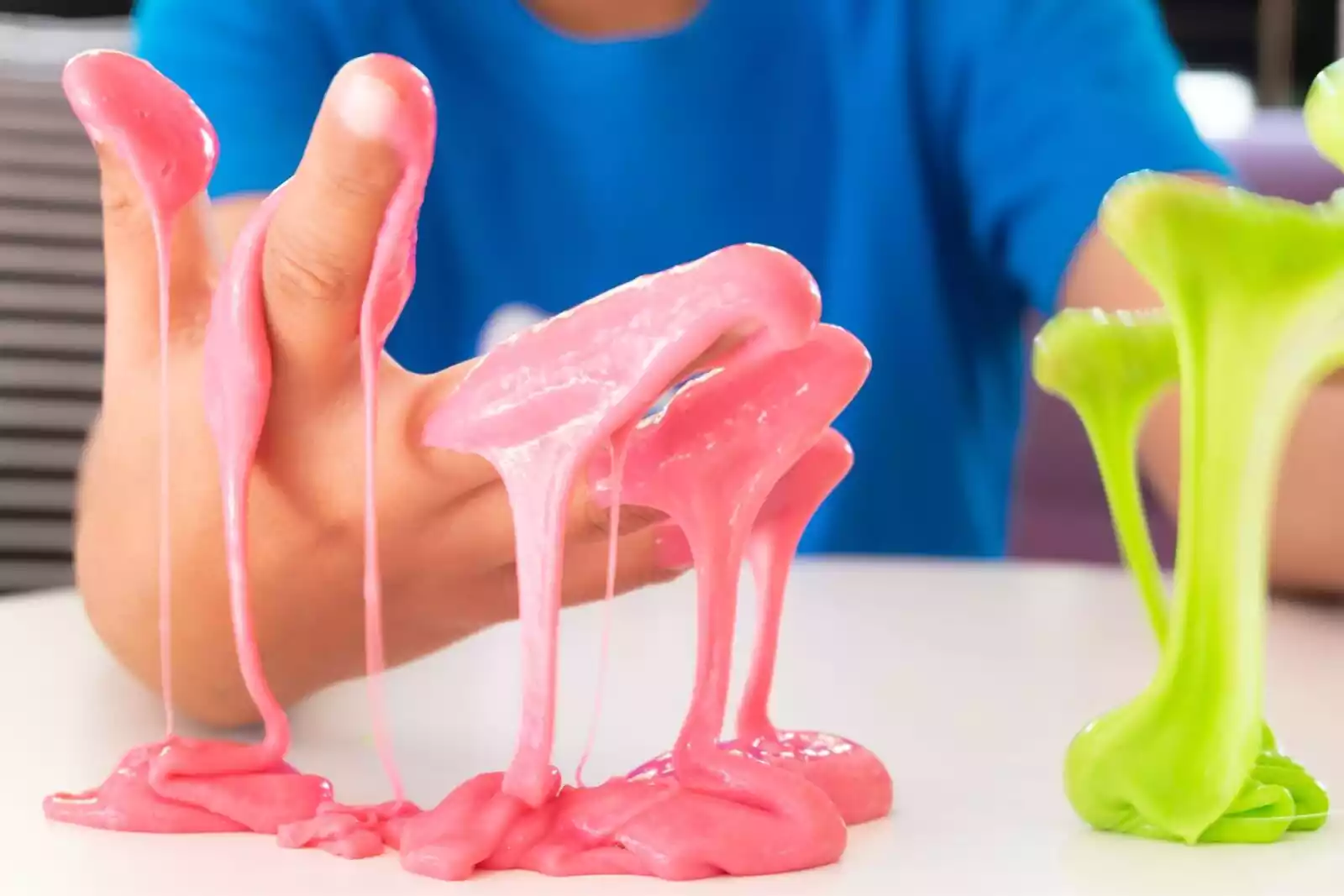
-
Avoid Ingesting Slime
The number one rule for safety is to make sure children do not eat any of the slime, or ingest an ingredient. Most the ingredients of slime, even if obviously non-toxic are not save to consume. Teach kids not to put slime in their mouths and the significance of washing hands after playing with it.
-
Store Ingredients Safely
In order to avoid any accidents, you should always store your slime ingredients properly. Ensure any materials are kept away from young children and store them in clearly labelled sealed containers.
-
Use Age-Appropriate Recipes
Some slime recipes are not appropriate for younger children. These should be made with recipes that are safe for rather than being full of chemicals that might harm younger children.
-
Maintain a Clean Workspace
Keeping the area clean would prevent contamination, and accidental consumption. Once you are ready to start making the slime, make sure that your area is clean and begin by sitting down newspaper or a
DIY slime is an amazing and learning game for your children, offering a fun and educational experience that fosters creativity and sensory play. For those interested in expanding their collection, a slime shop can provide a variety of pre-made options and ingredients to enhance your slime-making adventures

